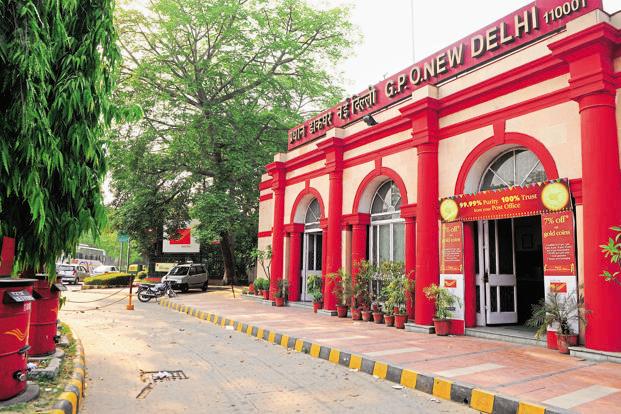Bond yields rose and investors rushed to sell stocks, giving the thumbs down to the Reserve Bank of India (RBI) action—or the lack of it—in its second quarterly monetary policy review on Tuesday. Perhaps more disappointed than the markets was finance minister P. Chidambaram. In the past six weeks, he has done everything he could to convince the central bank to lower borrowing costs and lift sagging economic growth.
The government has opened up multi-brand retail to foreign investors and allowed overseas airlines to invest in domestic carriers, raised the price of diesel, capped the supply of subsidized cooking gas and, finally, a day before the policy review, the finance minister laid down a road map for fiscal consolidation. Yet, Reserve Bank governor D. Subbarao didn’t budge from his stance. He is indeed concerned about slowing growth in Asia’s third largest economy but, at the same time, continues to be worried about high inflation, which could rise even further in the short run.
So, Subbarao refrained from a rate cut and instead opted for a reduction in the cash reserve ratio (CRR), or the portion of deposits that commercial banks need to keep with the central bank. With this, the fourth CRR cut since January, the ratio has come down from 6% to 4.25%, the lowest since December 1974. This will release about Rs.17,500 crore into the banking system and help ease any liquidity crunch that the system may face in the second half of the fiscal year when credit demand typically picks up. But more important than the CRR cut, the key takeaway from the quarterly review of monetary policy is its guidance—“a reasonable likelihood of further policy easing in the fourth quarter” of the current fiscal. There is a caveat though—this guidance “will be conditioned by the growth-inflation dynamic”. Markets now expect a rate cut in January despite the Reserve Bank raising its year-end inflation projection from 7% to 7.5%.
In fact, both inflation and growth projections have been revised twice since July—growth downward and inflation upward. In such a scenario, was the guidance necessary? Possibly it was a compromise the central bank worked out. It could not cut the policy rate, something which the finance minister was keen on. The governor met him halfway by cutting the CRR and promised to cut the policy rate in the fourth quarter if inflation softens by that time. But any guidance in an uncertain macroeconomic environment can turn into a trap. In retrospect, the half a percentage point policy rate cut in April—from 8.5% to 8%—was premature even though RBI at the time had said it was frontloading the cut. Apparently, it was done with an understanding with the finance ministry that the ministry would take hard measures for fiscal consolidation, but it did not keep its promise. So, a cautious Subbarao doesn’t want to take any more chances. This time around, he is convinced that the ministry is serious about fiscal consolidation, but he wants to see the results before acting. That’s fine, but if he sees inflation as a greater evil than slowing growth, what was the need to cut CRR? More money in the system can stoke inflation. One explanation could be that RBI considers CRR a liquidity tool and not a monetary tool. Which is why it has continuously been slashing CRR and infusing money into the system on top of its bond buying programme, the so-called open market operations. It has also slashed banks’ statutory liquidity ratio, or the percentage of deposits banks have to invest in government securities, to ensure banks have more money to support credit growth.
The cumulative effect of all these are there for everybody to see. Inflation has indeed come down from 10.9% in April 2010 to an average of 7.5% in January-August 2012, but it has not been tamed and economic growth has suffered more. India’s gross domestic product growth has declined from 9.2% in the March quarter of 2011 to 5.5% in the June quarter of 2012, after dropping to a nine-year low of 5.3% in March 2012. A middle path approach in the formulation of monetary policy does not always yield the desired results.



